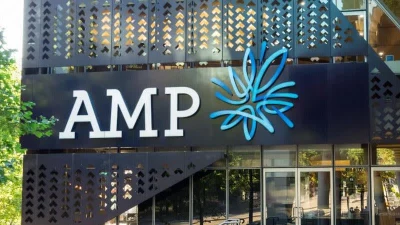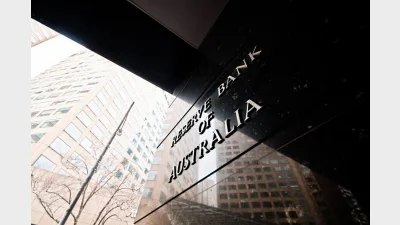MySuper average balance $28,401



MySuper products were developed as the low-cost default for those people who opted not to engage in their superannuation and the latest Australian Prudential Regulation Authority (APRA) data suggests its targeting has been unerringly accurate.
The data, covering the 12 months to 30 June, reveals that MySuper member accounts were 50 per cent of total fund member accounts and that the average MySuper account balance increased by 17 per cent over the period from $24,284 to $28,401.
It found that the average MySuper account balance for women was $26,802 compared to $30,880 for men.
Importantly, the APRA data suggests that not only are MySuper products mostly hitting the target demographic , but fees and charges are being kept suitably in check.
It revealed that fees paid to MySuper products totalled $5.1 billion for the year ended 30 June 2015, with 96 per cent of fees paid by members and the remaining balance largely paid from reserves. The APRA analysis said insurance fees in the year ending 30 June 2015 totalled $3.0 billion, administration fees totalled $1.3 billion, and investment fees totalled $0.8 billion.
Recommended for you
Super trustees need to be prepared for the potential that the AI rise could cause billions of assets to shift in superannuation, according to an academic from the University of Technology Sydney.
AMP’s superannuation business has returned to outflows in the third quarter of 2025 after reporting its first positive cash flow since 2017 last quarter.
The major changes to the proposed $3 million super tax legislation have been welcomed across the superannuation industry.
In holding the cash rate steady in September, the RBA has judged that policy remains restrictive even as housing and credit growth gather pace.









